Imagine being part of America’s most glamorous family yet living a life hidden in the shadows. That’s the heartbreaking story of Rosemary Kennedy, the lesser-known Kennedy sibling. Often dubbed the first victim of the “Kennedy Curse,” her life is a chilling reminder of the family’s relentless quest for perfection and its tragic costs.
Should’ve Been a Kennedy Star

Born into wealth and privilege, Rosemary Kennedy’s future seemed so bright. Who would’ve thought she’d become the Kennedy family’s dark secret? What caused all of these?
So, Rosemary was the third child of Joe and Rose Kennedy, a very prominent family and the symbol of the American dream. They were so excited to see their first daughter.
However, complications that happened during her birth foreshadowed the challenges ahead. A delayed delivery caused by a nurse waiting for a doctor resulted in oxygen deprivation—an early, silent sign of the struggles she’d endure.
The Early Signs of Struggle

The nurse’s decision to wait for the doctor not only put Rosemary’s life in danger but also shifted her entire future. See how important decision-making is, especially in medical situations!
The Kennedy family’s wish for a healthy baby girl ended that day. As Rosemary grew, her parents noticed delays in her development. She struggled with schoolwork and lagged behind her siblings socially and academically.
The Kennedys, however, kept her struggles private, fearing judgment from a society that stigmatized intellectual disabilities. Can you imagine? Rosemary has to face the terrible fate she didn’t sign up for in the first place.
A Family Obsessed with Perfection

Since the Kennedys were known for their ambitious and high-achieving nature, Rosemary’s differences clashed with the family’s relentless pursuit of excellence. The amount of pressure Rosemary has to bear.
Her siblings excelled in academics, sports, and politics, and because of that, Rosemary’s limitations became more evident, creating tension within the family.
While we agree that there’s nothing wrong when somebody aims for perfection, obsessing over it might be harmful in the long run. Life would be less meaningful because you’re more concerned with the errors.
The Hidden Kennedy

Yep, it got worse. She was literally hidden by her own family. Our hearts would be too broken if our parents did this to us.
Rosemary’s struggles became harder to conceal by the time she reached adolescence. So, Joe and Rose took measures to keep her out of the public eye, fearing her differences could tarnish the family’s image.
They prioritized control over her well-being, isolating her from the outside world. Rosemary didn’t deserve all of that—it’s not like it’s her fault for being born that way.
A Blossoming Beauty

Despite her challenges, Rosemary grew into a striking young woman! Her radiant smile and graceful demeanor captivated those around her. Hiding her was not a good idea at all. She just shines.
She also enjoyed social events and had a love for dancing. Her natural charm definitely masked her internal struggles, allowing her to fit into the family’s glamorous lifestyle temporarily.
No matter how much you conceal someone’s innate allure, people will always find themselves pulled into it. Hence, noticing Rosemary despite being hidden from the crowd.
Rosemary Kennedy’s Years in Britain

You know, it seems like the happiest time in Rosemary Kennedy’s life was when she lived in England, right before World War II. Rosemary and her younger sister Kathleen were total standouts.
They were so beautiful and charismatic that the British press couldn’t get enough of them. In fact, their charm really helped their dad settle into the British social and political scene.
One newspaper even said the Kennedys practically walked right into the inner circle of British society. It’s kind of cool how much of an impression they made.
At the Belmont House

When Rosemary arrived at Belmont, it was clear the media attention had really worn her down. Photos from that time show her dad holding her arm firmly during public appearances, which often didn’t go smoothly.
Belmont turned out to be a haven for her, away from scrutiny. She even described it as “the most wonderfulest place I’ve been to,” which says a lot about how much she appreciated it.
Joe wrote to his wife and shared that Rosemary was thriving that she was completely content working with Mother Isabel, happier than ever, and looking healthier, too.
Rosemary Is Quite the Charmer
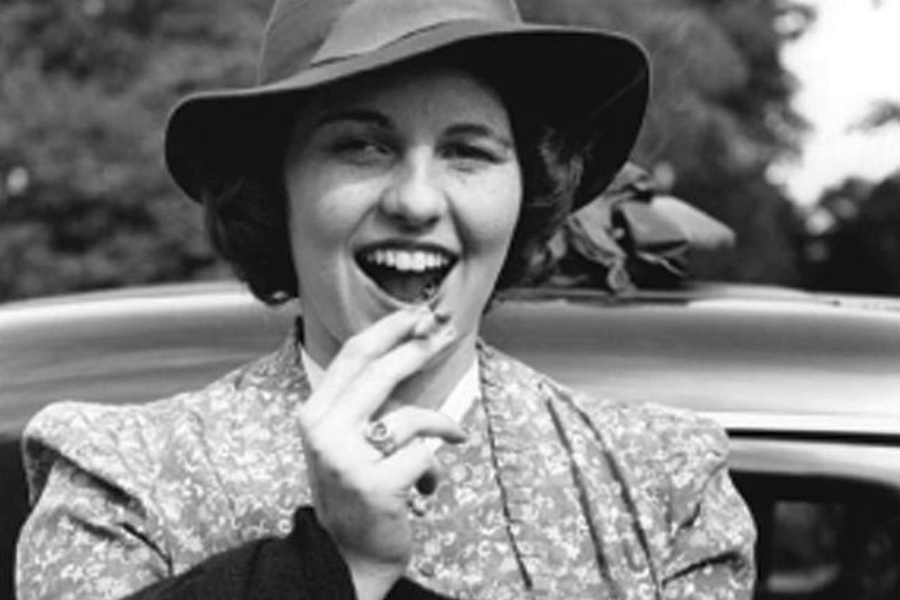
Rosemary was quite the center of attention among young men. She loved going to dances and parties, though she often grumbled about how her brothers ended up as her dance partners.
Isn’t she an observant somehow? When her brothers weren’t dancing with her, they were busy ensuring her dance card remained full. (Yep, it was all orchestrated!)
Their dad, Joe Kennedy, had actually given them the job of carefully selecting friends to partner with her. She was consistently monitored, and interactions were restricted! Does that make the dances less real, though?
When She Returned to America
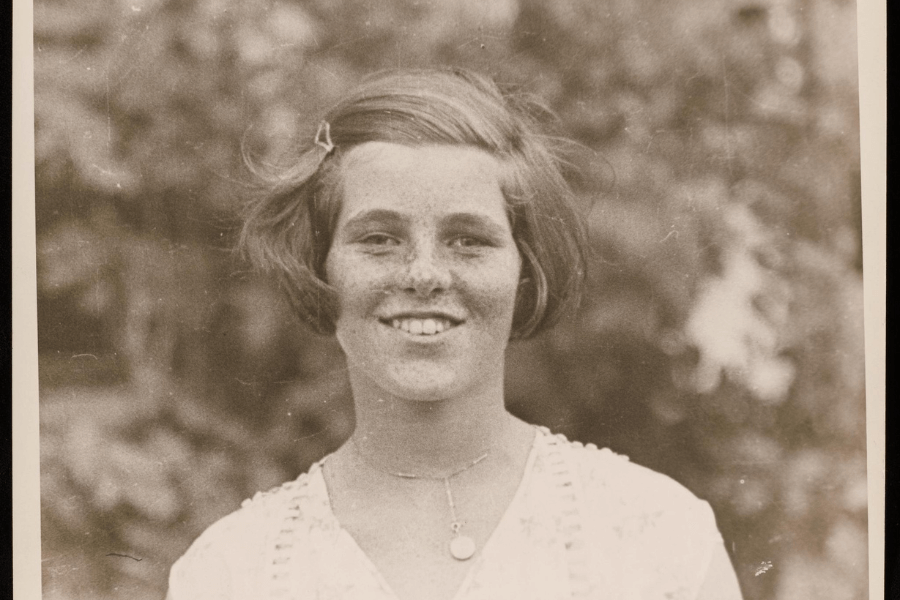
Rosemary’s return to America didn’t go well. Back in England, she’d been surrounded by love and care and made real progress at Belmont House. But once she came back, things fell apart quickly.
She lost all her improvements, and things got pretty bad. People said she started having violent seizures and angry outbursts, sometimes even lashing out at her younger siblings.
It was a tough and heartbreaking situation for everyone involved. What if she didn’t want to go back? What if she stayed at Belmont? Would it make a difference?
The Boarding School Years
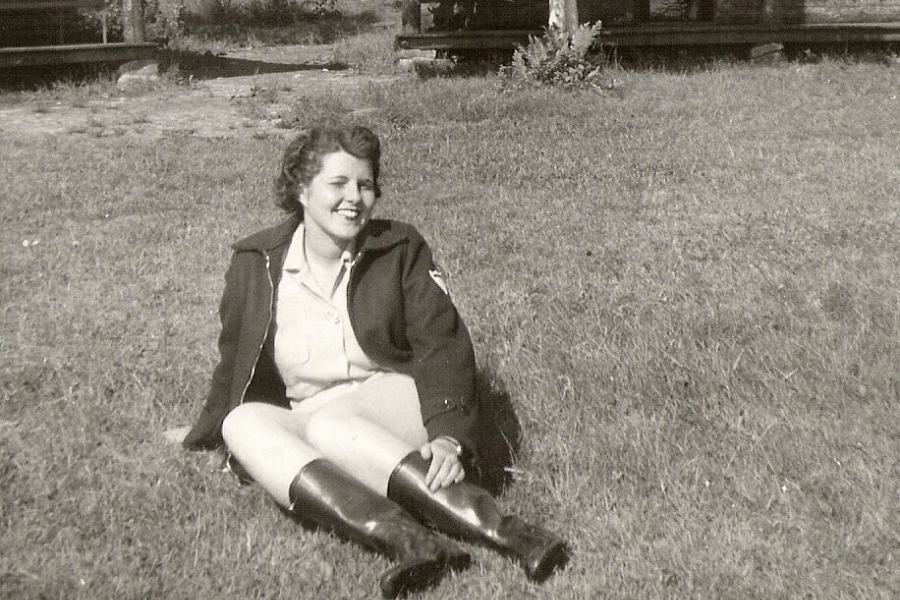
Just to be clear, the Kennedys still did everything to provide the specialized care Rosemary needed at that time. They sent her to various boarding schools that promised education and structure.
Unfortunately, they often fail to meet her needs. Through Rosemary’s letters home, she talks about her loneliness and longing for a family. She also struggled with rules and routines, feeling out of place.
It’s sad, isn’t it? When you’re surrounded by people, you don’t see yourself as belonging to any group. Yes, you were there—standing, perhaps, sitting alone, yet remain unnoticed.
A Secret Diagnosis
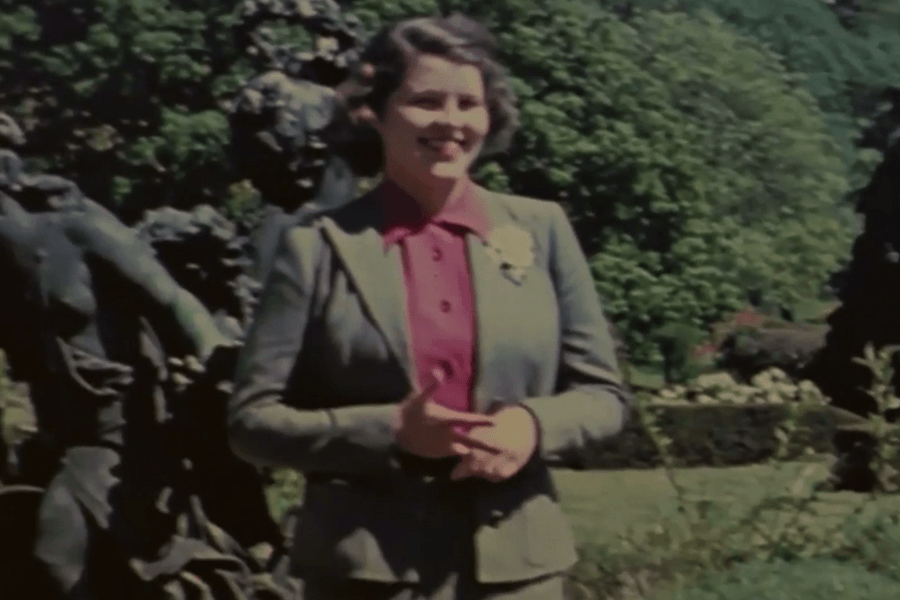
Though never publicly confirmed during her lifetime, Rosemary likely had an intellectual disability. Her condition was poorly understood, and the stigma of the time discouraged open discussion.
The Kennedys have no time to fail. They were soaring in popularity and success. You can understand why—her brothers are President John F. Kennedy, Senator Robert Kennedy, and Senator Ted Kennedy!
It only explains the family’s painful silence on Rosemary. She was always different from her brothers. Maybe we can safely assume that they didn’t want anyone to know about the imperfect Kennedy.
The Turning Point: Adolescence

As Rosemary entered her late teens, her behavior became increasingly erratic. From being the sweetest child (Rose Kennedy would say), she started experiencing mood swings, outbursts, and difficulties with impulse control.
Her moods turned increasingly volatile and unsettling, leaving her parents deeply alarmed, especially since they saw her as a growing liability.
It doesn’t come as a surprise that their concern shifted from helping her to managing her image in a way that is covert because again… they weren’t ready for imperfections in their family.
A Father’s Drastic Decision
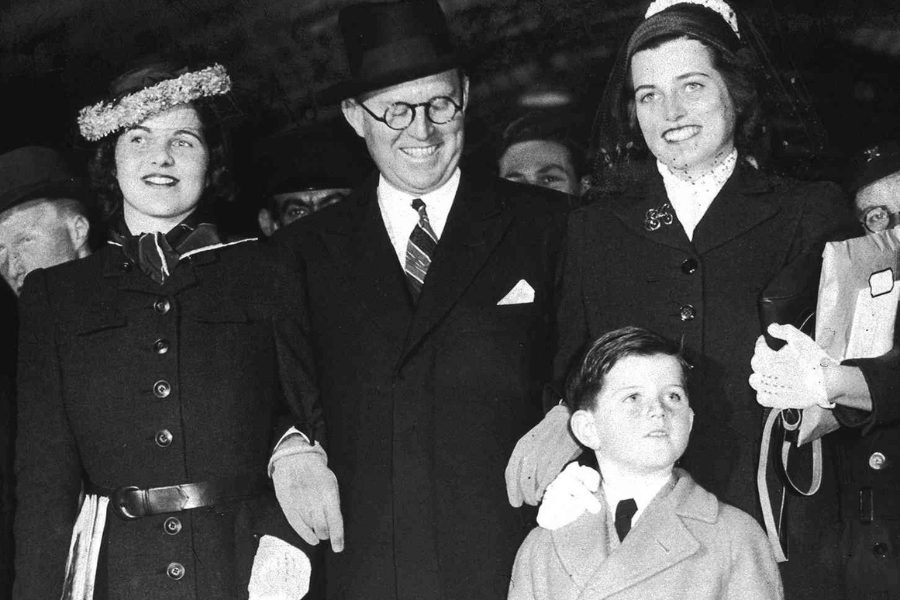
Joe Kennedy, so eager and determined to “fix” Rosemary’s behavior, turned to a radical solution: a prefrontal lobotomy. At the time, this experimental procedure was promoted as a cure for mental illness and behavioral issues.
Here’s what’s more shocking about this decision: Joe didn’t consult this life-altering choice to his family! We’re not lying about that; it’s a well-known fact.
Joe is a father who, unfortunately, turned into a villain in Rosemary’s story. He only informed Rose after the procedure had been completed!
The Tragic Operation
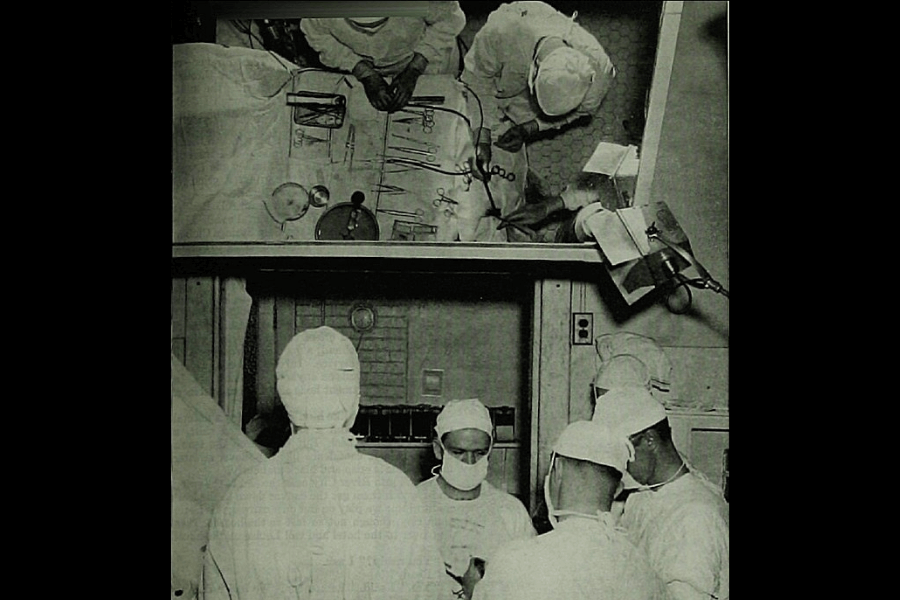
In 1941, at just 23 years old, Rosemary underwent a lobotomy. The procedure, performed by Dr. Walter Freeman, went disastrously wrong!
Instead of improving her condition, it left her permanently incapacitated. Rosemary lost most of her ability to speak and function independently. Her intellectual capacity dropped to the level of a toddler!
Can you believe that? She regressed instead of progressed! We told you about the importance of decision-making. Small or big, it can create a lasting impact.
The Aftermath of the Lobotomy
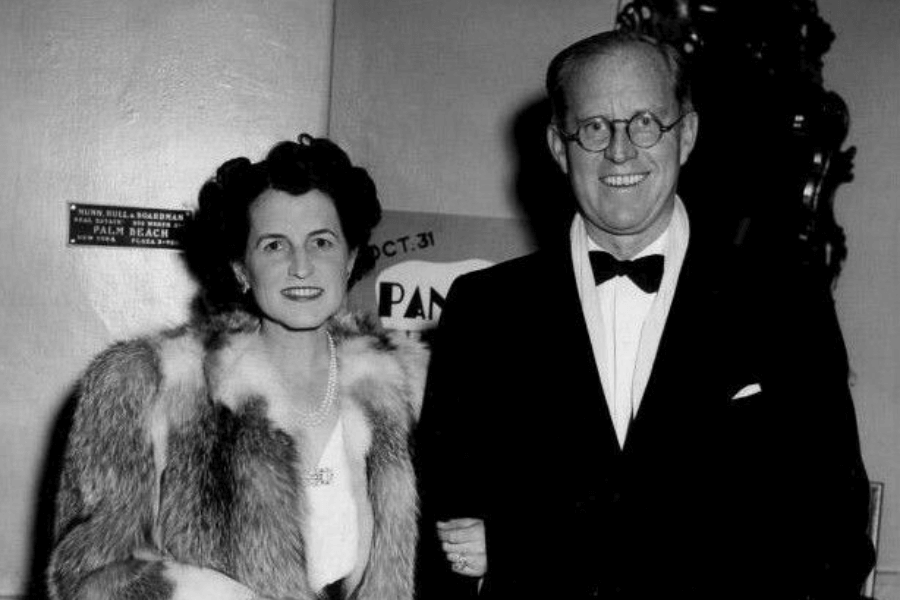
Oh, the once-vibrant young woman was left unable to care for herself. Rosemary’s family was devastated by the outcome (as they should have), though they kept the truth hidden, again, from the public.
Frocked with guilt, Joe Kennedy distanced himself from his decision’s consequences. This is not the accountability we expect from older people, most importantly from the parents.
The woman was looking for a family, a place where she could fit in and belong, yet it was her own parents who had destroyed that dream for her.
Life in Seclusion
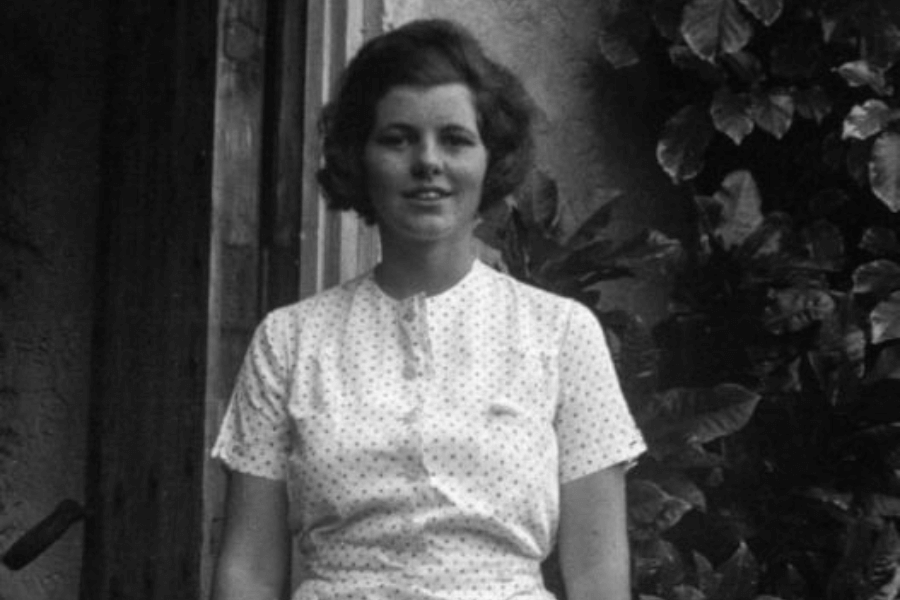
After the lobotomy, Rosemary was sent to St. Coletta’s, a care facility in Wisconsin. There, she lived in near-total seclusion, far from her family’s public life.
The Kennedys rarely visited her, further isolating her from the world she once knew. Her condition, the botched lobotomy, and her location—they were all buried in secrecy.
Not even her brothers or sisters knew where she was. She was utterly alone in the school for exceptional children, dependent on her caretakers.
Rose Kennedy Went Decades Without Visiting Her Daughter
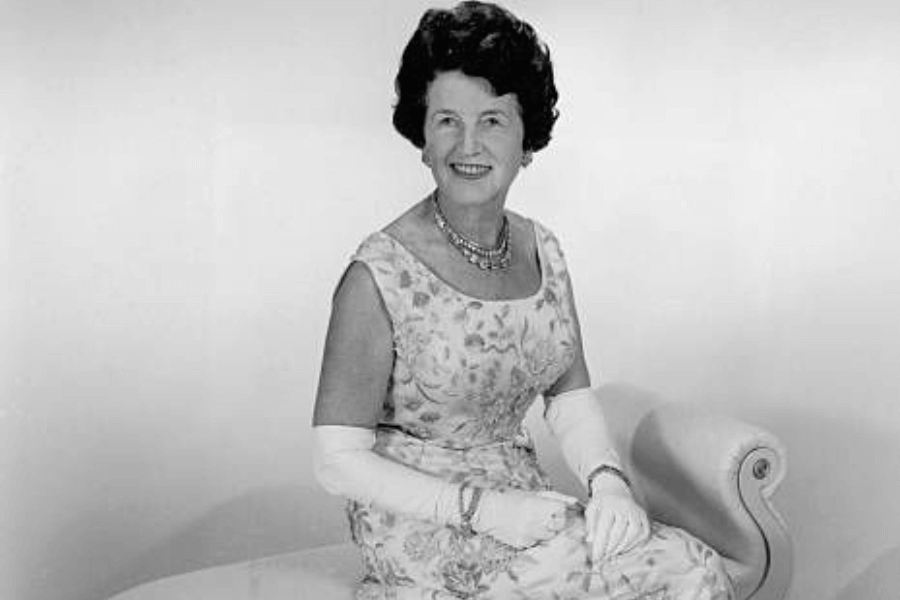
Imagine yourself as a mother. Could you resist not visiting your daughter for twenty years? We could never! How can they sleep at night with that?
Since Rosemary’s siblings were kept in the dark about her whereabouts and what had happened to her, they could not visit her, and Rosemary’s loneliness grew unbearable day by day.
She was left to age and eventually passed away alone in an institution. Ah, our hearts are weeping for Rosemary. All she needed was understanding, empathy, and support.
Joe Suffered a Severe Stroke
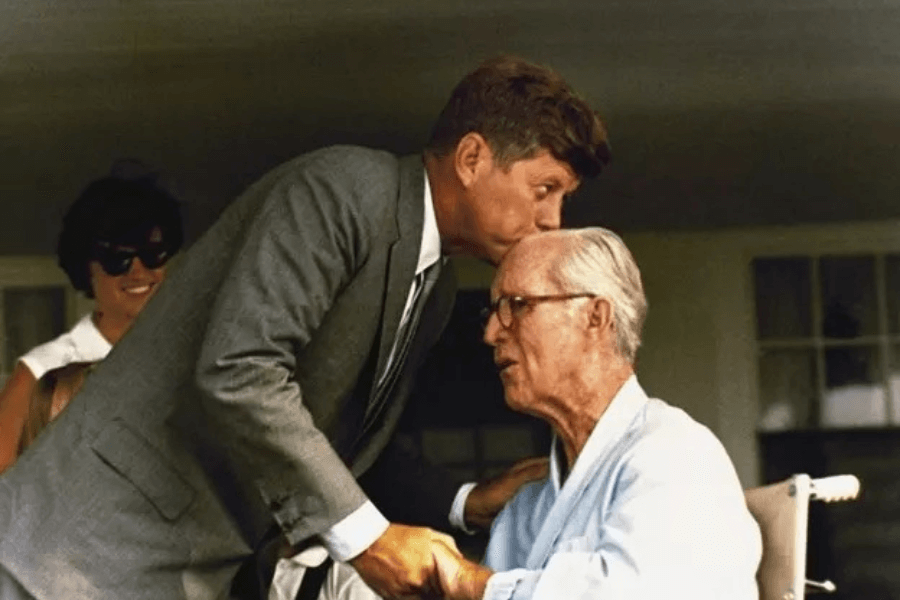
In 1961, when John F. Kennedy became president and Joe Kennedy’s ambitions were realized, Joe finally felt it was “safe” to reveal details about Rosemary, who had been described as “mentally challenged.”
However, (another “disappointed but not surprised” moment) the truth was carefully edited—Joseph’s version of events left out critical details.
Later that same year, Joe suffered a severe stroke that left him with diminished mental faculties and mobility. It took him to experience that to reveal where Rosemary had been.
Joe Kennedy’s Death Opened the Door to Rosemary Kennedy’s Freedom
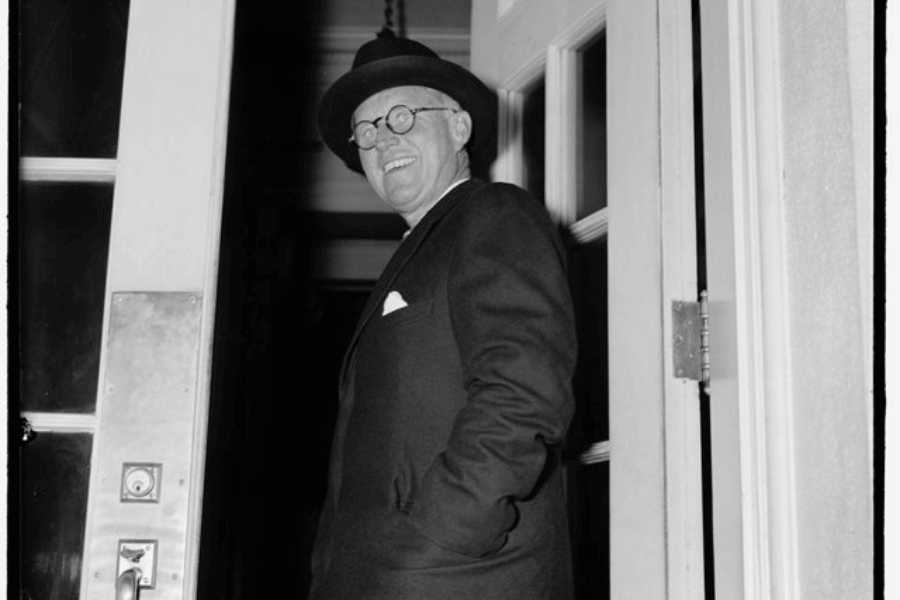
The Kennedy family certainly went through their fair share of heartbreak. Joseph Kennedy, the family patriarch, passed away in 1969, having already endured the devastating loss of his son, President John F. Kennedy.
But Joe’s death marked a turning point—what some might call a bittersweet blessing. It finally gave Rosemary Kennedy, who had been hidden away for years, a chance at freedom!
After his passing, her siblings began visiting her in the institution where she had been kept for so long. Despite the neglect and mistreatment she endured from her parents, she proved her resilience.
A Sister’s Devotion
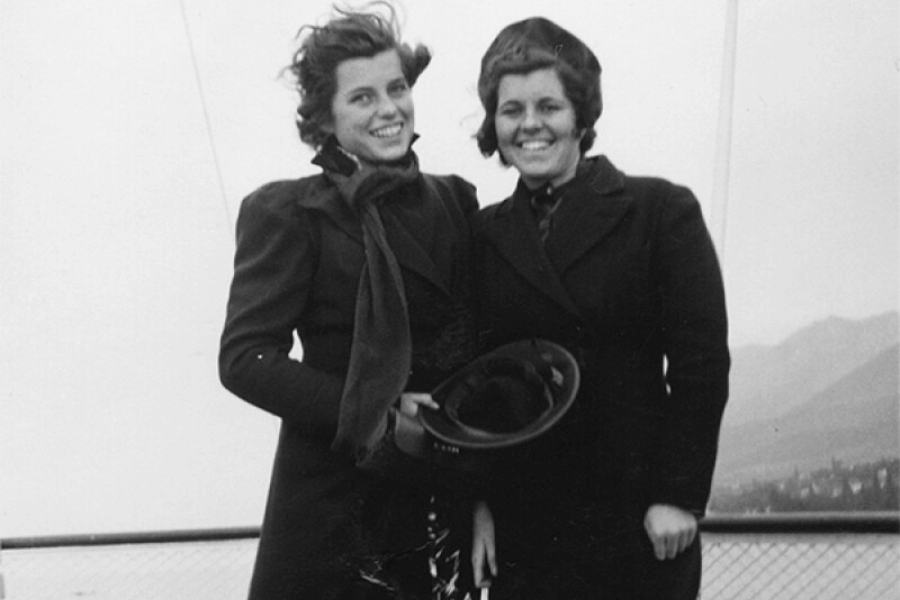
Someone in the family took the path to change. She’s Eunice Kennedy Shriver, Rosemary’s younger sister! Eunice remained deeply affected by Rosemary’s plight, and she used that as an inspiration.
She became an advocate for people with disabilities, founding the Special Olympics in 1968. Eunice’s work honored Rosemary’s legacy and highlighted the need for inclusion and support.
Only if it happened earlier would we’ve seen a great relationship between the Kennedy siblings. No one would be an outcast, no one is different, because they’re all family at the end of the day!
Rosemary’s Diary
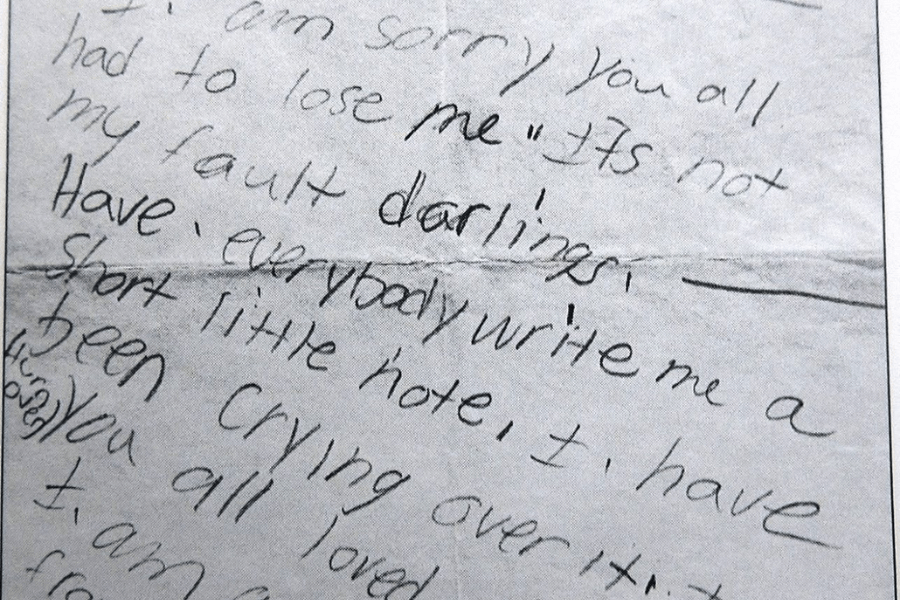
There’s nothing more intimate than reading someone’s diary; it’s like crawling onto their skin instead of just being in their shoes. Rosemary is like us; she loves to write in her journal, too!
The common themes in her journal were her desire for acceptance and her keen observations of parties, dances, and gatherings, often focusing on her efforts to make a good impression and connect with others.
She also wrote about her feelings of inadequacy compared to those of her high-achieving siblings. Some speculate she didn’t have any disabilities at all but might have struggled with depression. Regardless, what she needed was help, not seclusion!
The Kennedy Curse: Fact or Fiction?
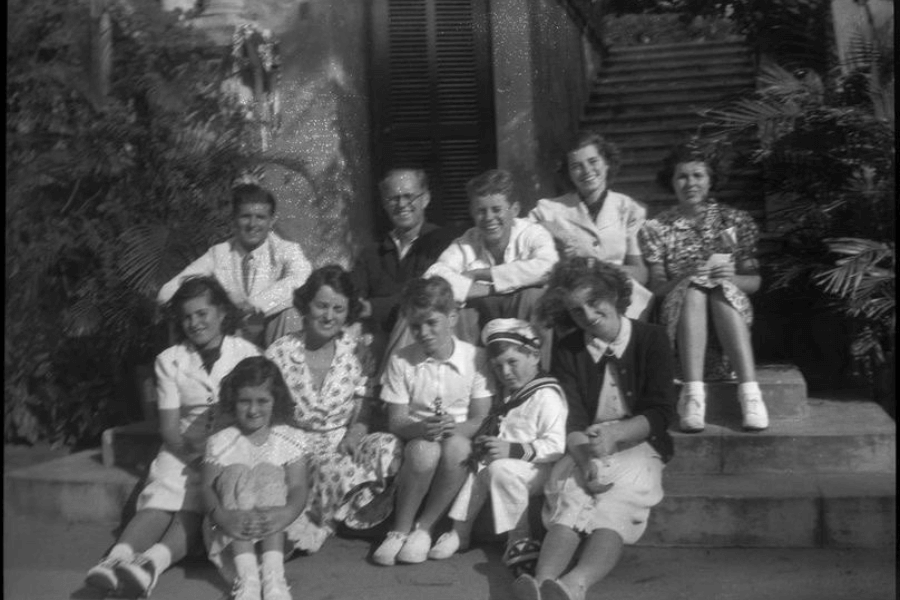
Rosemary’s tragic life is often linked to the so-called “Kennedy Curse,” a series of misfortunes that befell the family. Do you think it’s fact or fiction?
While some view it as superstition, others see it as a reflection of the family’s relentless pursuit of perfection and power. If the will to power is paramount, power will define your reality!
Whether it’s true or not, did you know that Rosemary outlived all her siblings despite the curse? And she has died of natural causes, unlike her other siblings, who happened to experience tragic deaths.
The Lobotomy Controversy
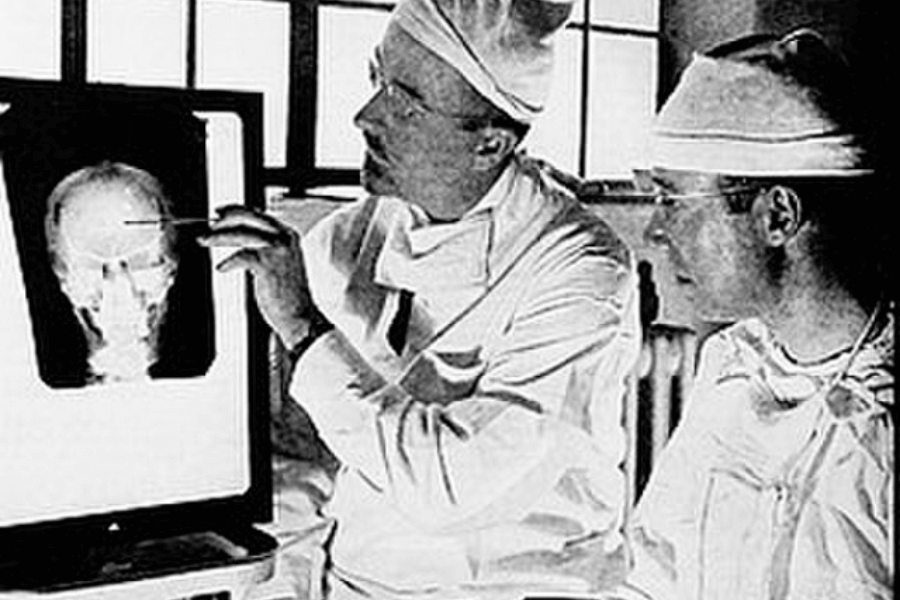
In a shocking revelation made by one of Rosemary’s doctors when she was lobotomized, they confessed to not believing that Rosemary had any mental disability at the time they had to perform the procedure.
Hell, if that’s true… then lobotomizing her is inhumane! Does it make sense that Rosemary’s condition turned worse after the lobotomy? It was supposed to treat her, not make her worse.
Having her lobotomized was not a good idea at the outset. Joe must’ve known that the procedure was utterly disturbing. Later on, lobotomy was banned because it did more harm than good.
The Power of Silence
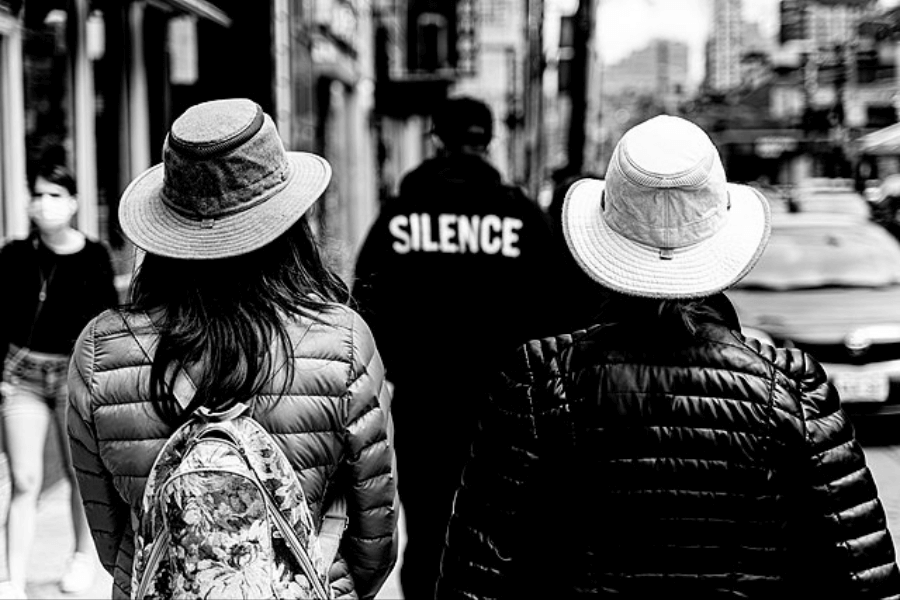
Can you see now how silence can be so articulate that it could start to communicate? We’d call that alternative storytelling. Why do we think so?
Silence can be a way to communicate what’s problematic in the world, so take the story of Rosemary Kennedy as an example. The Kennedys’ decision to keep her story hidden had lasting consequences.
Their silence perpetuated stigma and prevented open dialogue about her experiences. They have the power to change the world’s perception of mental illness, but they sit to choose perfection instead of what’s right and just.
The Ripple Effect on the Kennedys

Rosemary’s story underscored the family’s vulnerabilities and humanity, and it also profoundly impacted her siblings. We can say that everyone’s a victim because everyone suffered.
They heavily carried the guilt and sadness over her fate, which also influenced their personal and professional lives. Yet, they didn’t let that define their love!
They honored Rosemary’s memory through their dedication to advocacy, particularly in mental health and disability rights. For them, it’s the best way to make amends as it will inspire people through Rosemary’s story.
A Legacy of Advocacy

Though Rosemary’s life was marked by tragedy, her story inspired change. The Kennedys effort came to fruition; they helped reduce stigma and improve resources for those in need. The redeeming aspect, honestly.
They’ve established the National Institute of Mental Health (NIMH) and pushing for legislation like the Community Mental Health Act of 1963 because an inclusive society must make laws for the disadvantaged. Good move.
We’ve also talked about Eunice Kennedy Shriver’s initiative through the creation of the Special Olympics. These initiatives were not only groundbreaking, it highlighted Rosemary’s once shadowed importance in their family. They’ve made a legacy for her.
The Role of Gender
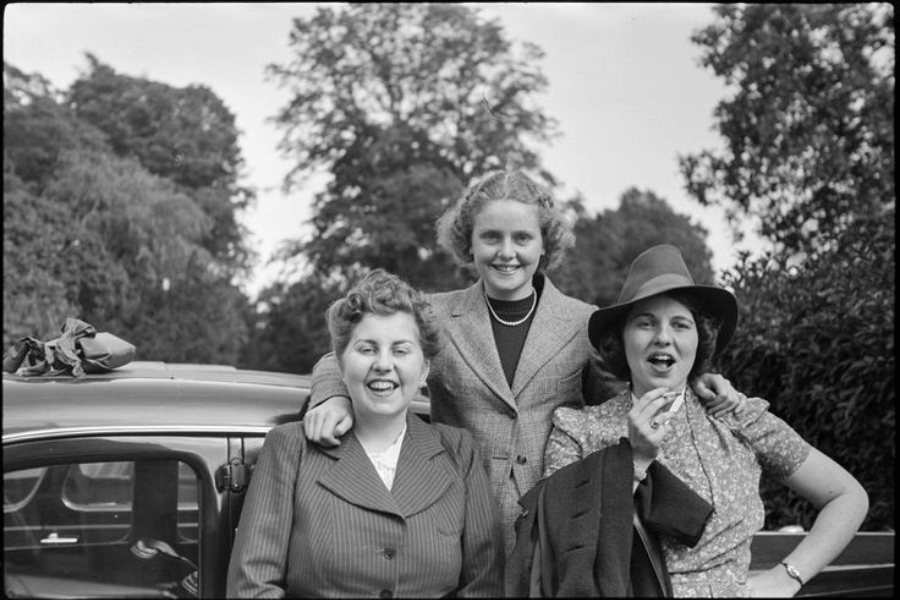
As a woman with a disability, Rosemary faced a unique set of challenges compounded by the societal expectations of her time. Yeah, what’s hard aside from being disabled? Being a woman and being both.
Gender roles placed immense pressure on women to conform to ideals of marriage, motherhood, and domesticity. Rosemary could not pursue these paths, which made her totally different from her siblings.
Now, don’t be surprised why Rosemary felt she didn’t belong to the society. Such expectations marginalized women with disabilities, often isolating them or rendering them invisible.
Rediscovering Rosemary
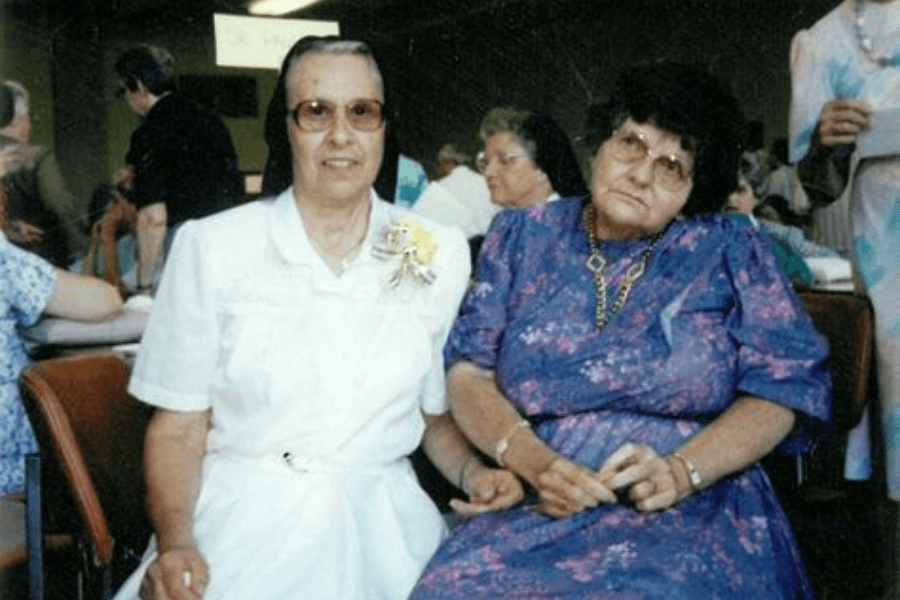
The tragic story of the ‘Hidden Kennedy’ inspired writers, doctors, and biographers to start fresh interest and deep discussions about her family’s complex history. It’s the time for change.
What was once in the shadows of secrecy takes center stage. As it should because life matters regardless of who you are. They showed us that greed for power corrupts your ability to be compassionate.
Now, Rosemary is no longer a forgotten figure; she’s a poignant symbol of resilience and a catalyst for social change. To the people who remain dedicated to telling her story, we’re so thankful for you!
The Rise of Eugenics
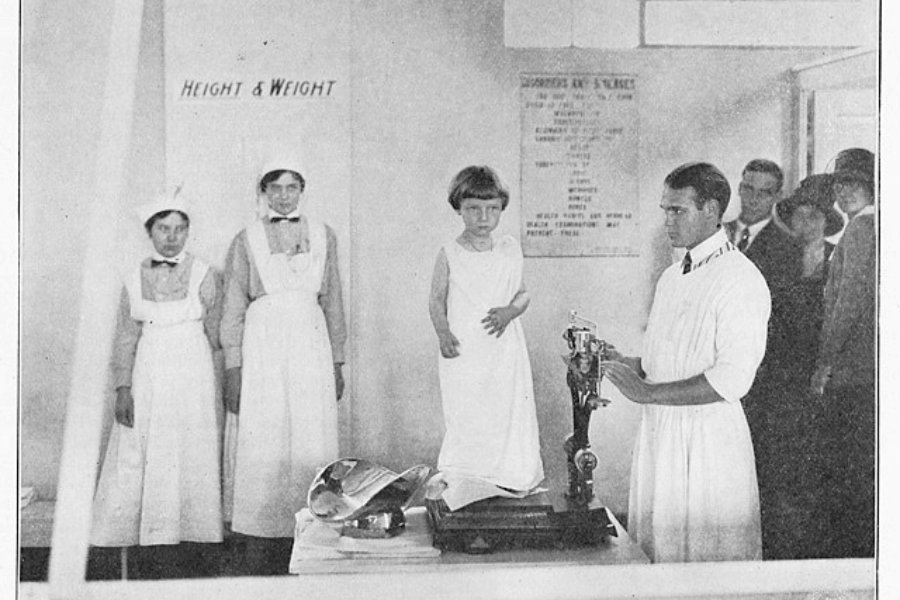
It’s literally the worst time to be born in this world when eugenics was highly encouraged. Yep, we’re still in Rosemary’s story, and we’ll unpack the intersection of her struggles with the rise of eugenics!
During her lifetime, the eugenics movement gained traction, promoting the idea of “improving” human genetics by discouraging reproduction among people deemed “unfit.”
Imagine Rosemary, a woman with a disability, living in these times. It’s hell. Eugenics divided American society as it pushed its ableist goals, leading to widespread practices like forced sterilizations and institutionalizations.
The Role of Wealth
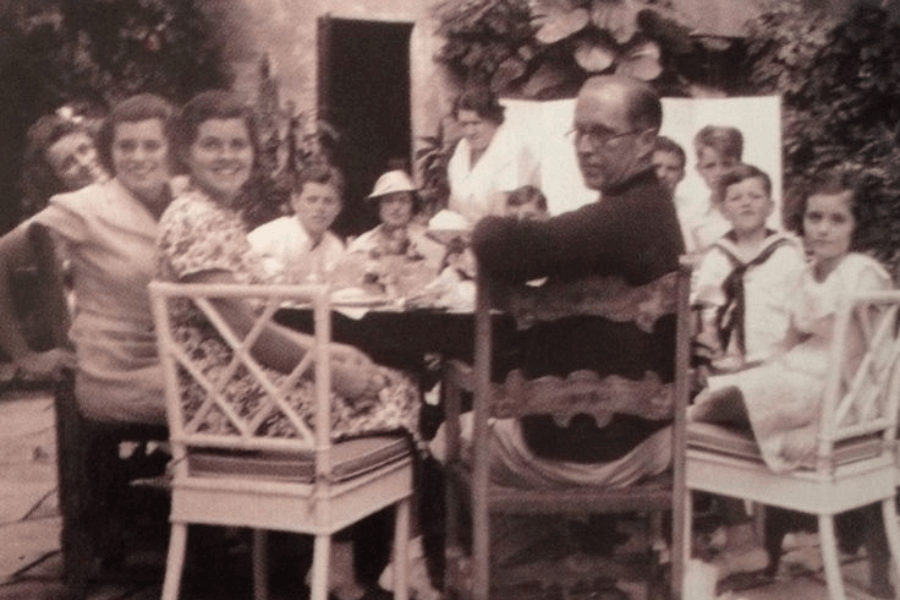
Of course, if the Kennedys aren’t wealthy and powerful enough, do you think they could hide Rosemary from the world? That’s certainly not gonna happen.
The family’s resources allowed them to shield her from public scrutiny and secure specialized care and education that many families could only dream of. But they didn’t visit her. It’s as good as nothing.
Their privilege also played a role in their drastic decision-making, such as pursuing a lobotomy in a bid to “fix” her. Lobotomy would never be an option if the Kennedys were an ordinary family.
A Life Cut Short
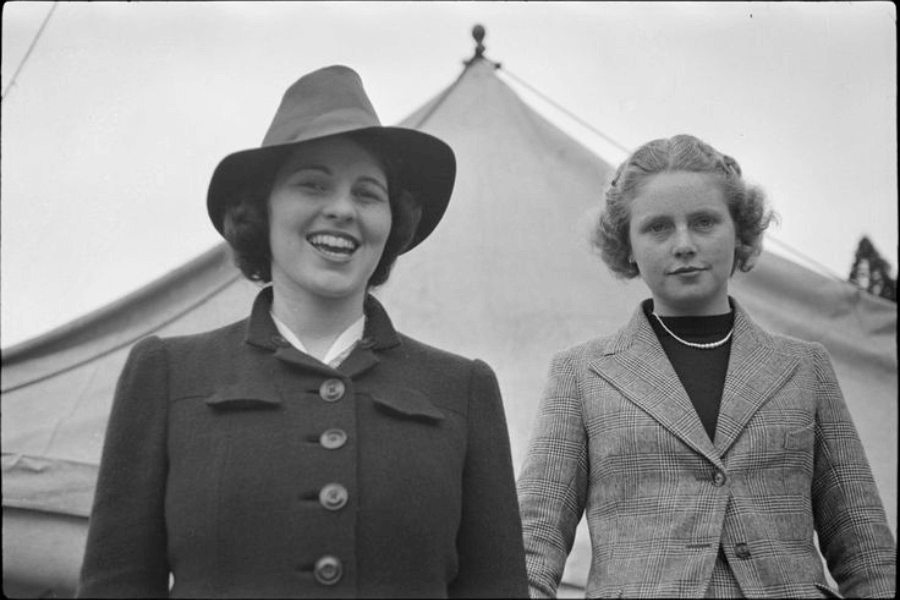
Although Rosemary Kennedy lived to the age of 86, the lobotomy she underwent at 23 marked the premature end of her independence and potential.
The drastic procedure robbed her of the vibrant life she could have led had she been offered compassionate care and understanding instead of invasive intervention.
You know what the true tragedy in her life is? It’s the missed opportunities for meaningful support, education, and inclusion during her early years. Treatments should be humane and done with utmost respect!
The Impact on JFK

As her brother, John F. Kennedy’s presidency ushered in an era of hope and social progress, Rosemary’s life, albeit hidden from the crowd, influenced his policy decisions.
JFK’s personal experiences with his sister likely informed his commitment to addressing mental health issues at a national level. He sought to dismantle outdated practices of institutionalization.
His work on the Mental Retardation Facilities and Community Mental Health Centers Construction Act of 1963 laid the foundation for modern mental health care. Impressive thing a brother can do for his sister!
The Public’s Reaction

Rosemary’s story became public, and it sparked a profound mix of outrage and sympathy. People were horrified to learn about the lobotomy and its devastating impact on her life.
This revelation shone a spotlight on the mistreatment of individuals with disabilities and the lack of oversight in experimental medical procedures. You cannot take compassion away from people!
Sympathy for Rosemary led to greater public awareness and pushed society to question how mental health issues were addressed. It marked a turning point in challenging outdated and harmful practices.
A Beautiful Smile and Gentle Spirit
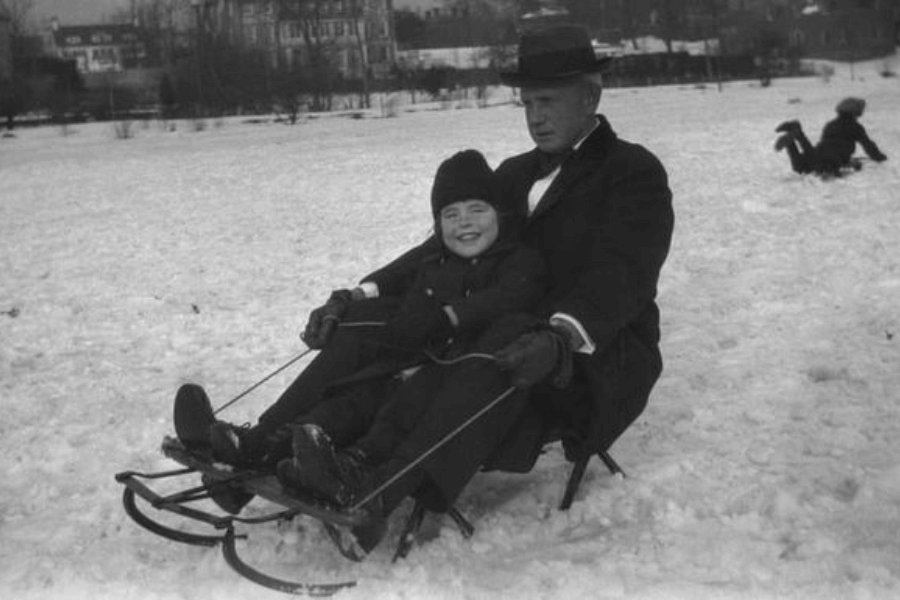
Despite her struggles, Rosemary was remembered for her gentle demeanor and radiant smile. Her warmth could light up any room, and those who spent time with her often described her as a beacon of kindness.
Rosemary’s gentle spirit shone brightly in moments of joy, an enduring reminder of her inner beauty even amidst profound challenges. It certainly left an indelible impression on those around her.
Her family and caregivers cherished these moments, drawing strength from her ability to express love and happiness despite the difficulties she faced in life. Ah, Rosemary was a lovely woman; her condition can’t change that.
Her Influence on Modern Ethics
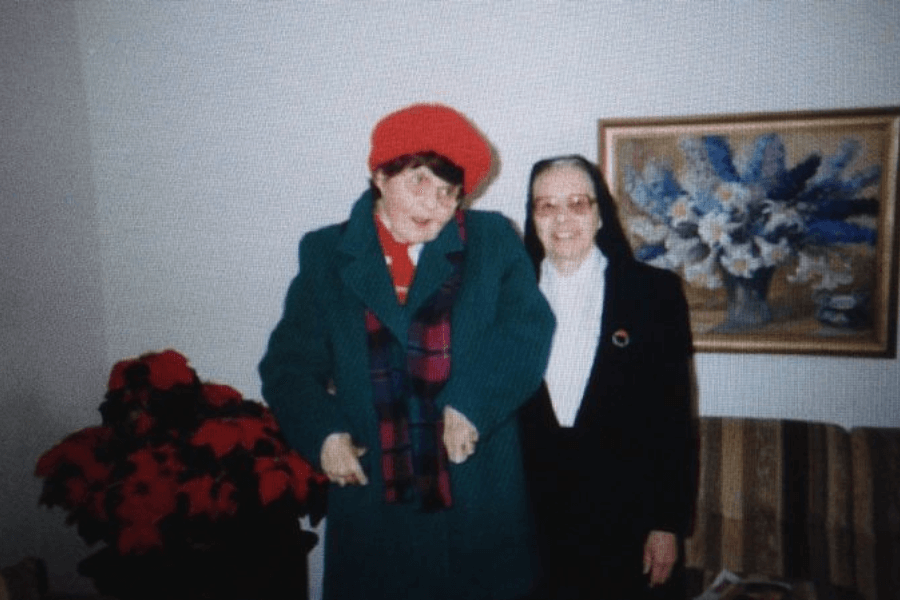
Yep, that’s right! She not only exposed the horrible results of lobotomy but also her story gave importance to informed consent, especially in cases involving vulnerable individuals.
Her struggle made people reevaluate ethical considerations in medical and psychological practices. At a time when medical advancements often overshadowed patient rights, her life exposed the dangers of prioritizing experimental procedures over compassion.
Transparency, ethical decision-making, and patient autonomy must remain central to healthcare practices. We don’t want to hear another story about Rosemary Kennedy, a woman who was deprived of the right to decide on her own.
A Reflection on Family Choices
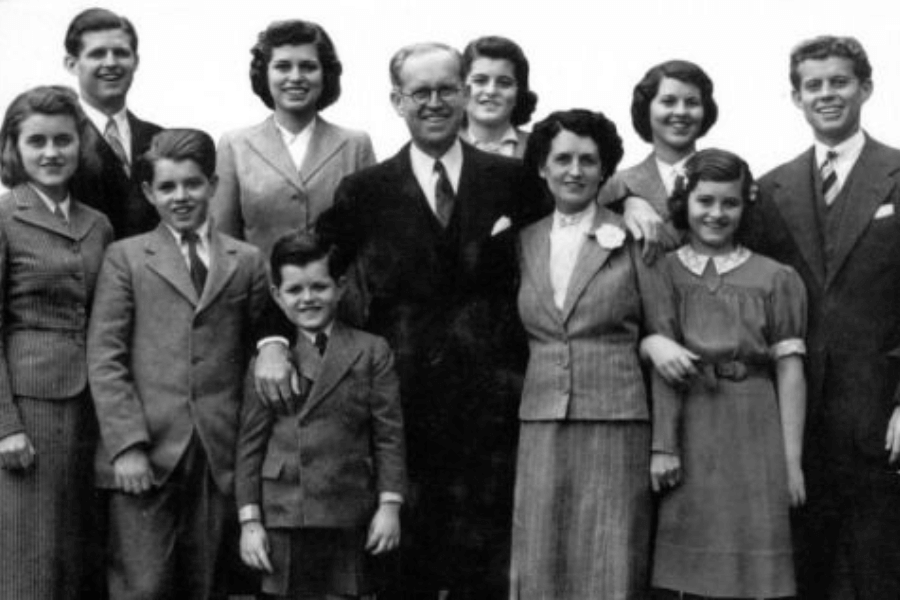
The decisions made by her family reveal the complexities of love, ambition, and societal pressures. In a family as influential as the Kennedys, balancing personal emotions with the public image was a constant challenge.
Joe Kennedy’s decision to authorize a lobotomy for Rosemary was a clear tension between seeking what he believed was best for her and maintaining power and control. It wasn’t the best, we’ve seen it.
Simply put, a high-profile family doesn’t function the same as a regular one like the ones we have. (Facts only.) Somehow, ambition and reputation can sometimes overshadow individual needs.
An Opera Dedicated to Rosemary

You know how influential you are if an opera is dedicated to telling your story to the whole world. Irish National Opera’s Least Like the Other deeply delves into Rosemary’s early years.
The opera builds up to the pivotal moment in Rosemary’s life: the lobotomy she underwent at just 23, following her father’s decision. Her life’s turning point, when everything went to shambles.
It might’ve been a horrible experience, but it’s certainly the point of inspiration to ignite empathy in the audience, to make them see the effects of silence when someone needs you to speak up.
Why She Was Seen as a Threat?
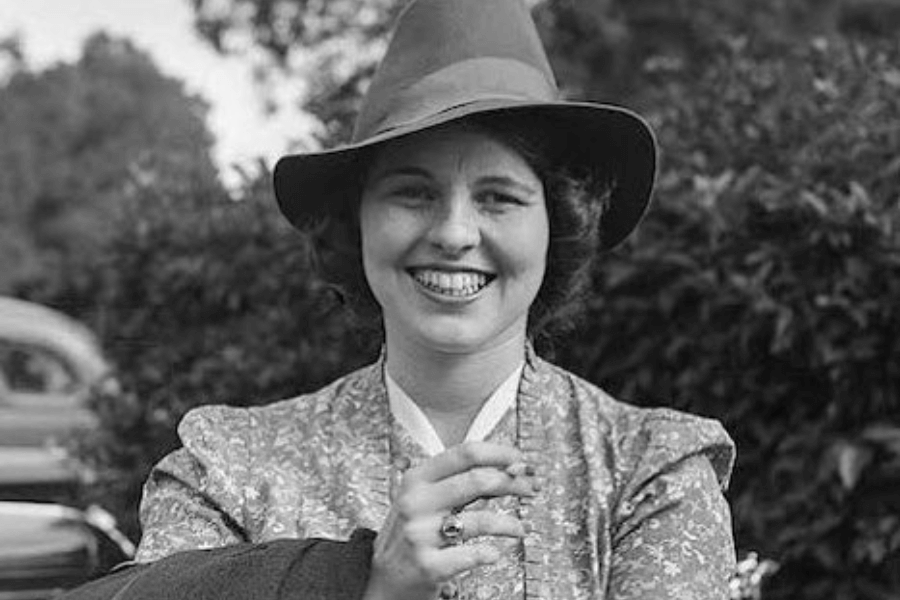
It’s not only because they wanted an image of a perfect family. When Rosemary was shut up in a convent, she hated and fought with the restrictions.
It was reported that Rosemary would sneak out and go missing only to find her walking around the streets at 2 am. The nuns could not control her and informed Joe Kennedy about it.
With that, she was seen as a threat, as Joe thought Rosemary was jeopardizing the high political ambitions he had for his sons. Everything is at stake, and they could not afford mistakes.
Who Dared To Expose the Family’s Secret?

We’ve mentioned that Joe Kennedy finally felt safe introducing Rosemary to the public after John Kennedy was elected as the President, yet it was actually Eunice who revealed the secret.
In 1962, she wrote an article for The Saturday Evening Post and talked about her sister, whom they hid for a very long time. Sharing Rosemary’s story was a bold move by Eunice.
Although, what she published only told part of the truth. She didn’t mention the lobotomy and its devastating consequences. Why? Was she burdened by guilt or shame over the choice her parents made?
Rosemary’s Letters Are Heartbreaking Testimonies
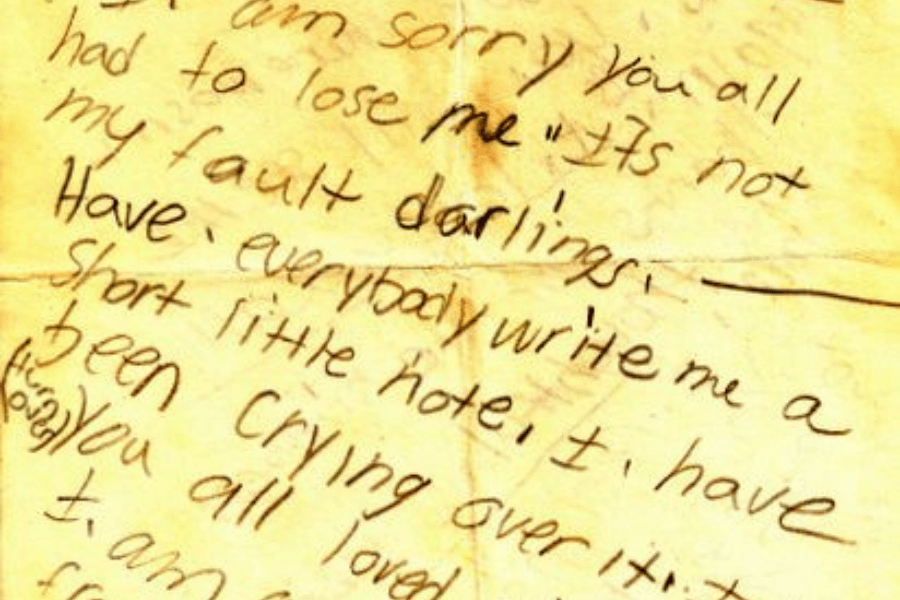
Kate Clifford Lawson, an award-winning historian, said that Rosemary’s parents pushed her too hard, and their constant demands for improvement from a child with intellectual disabilities felt insensitive and sometimes even cruel.
This is when expectations can ruin relationships. She clearly needed support, understanding, and a place where love was encouraged and not secrecy. She was deprived of her freedom to get the proper treatment she needed.
As Rosemary got older, she didn’t seem to progress much, and her preference for social activities frustrated her parents because perhaps they wanted to avert potential embarrassment.
Rose Kennedy Once Called Her Daughter Rosemary’s Lobotomy the Biggest Tragedy Their Family Ever Faced
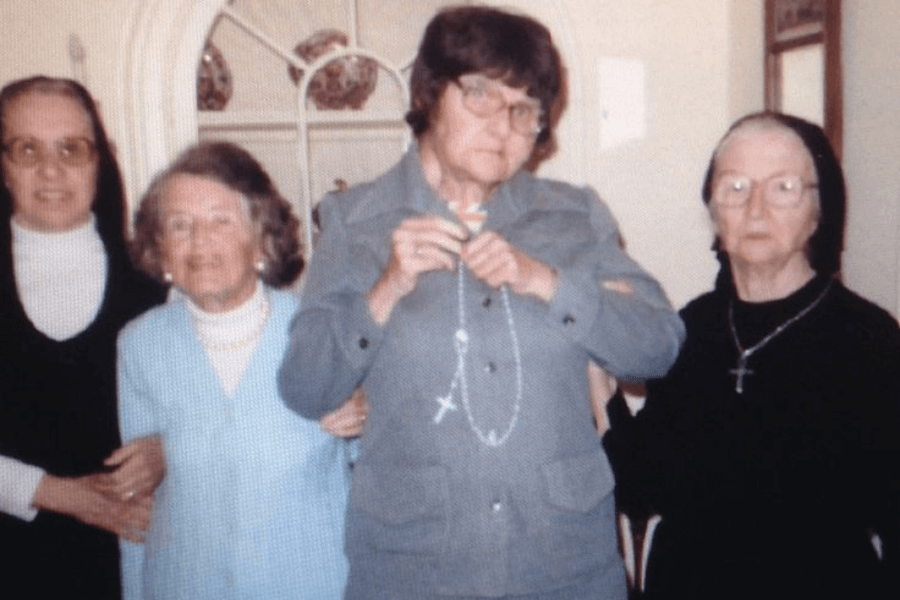
Aside from not visiting her daughter for decades, that surely is the most tragic thing that happened to their family, especially to Rosemary herself. Isn’t it?
The lobotomy was supposed to make her better, yet it took the other way around. Did such a devastating decision haunt them? Did they ever apologize to their eldest daughter?
Let’s cut her some slack; she didn’t know about the lobotomy until the procedure was done. She was innocent and may have disagreed if she knew that was her husband’s plan.
The Hyannis Port
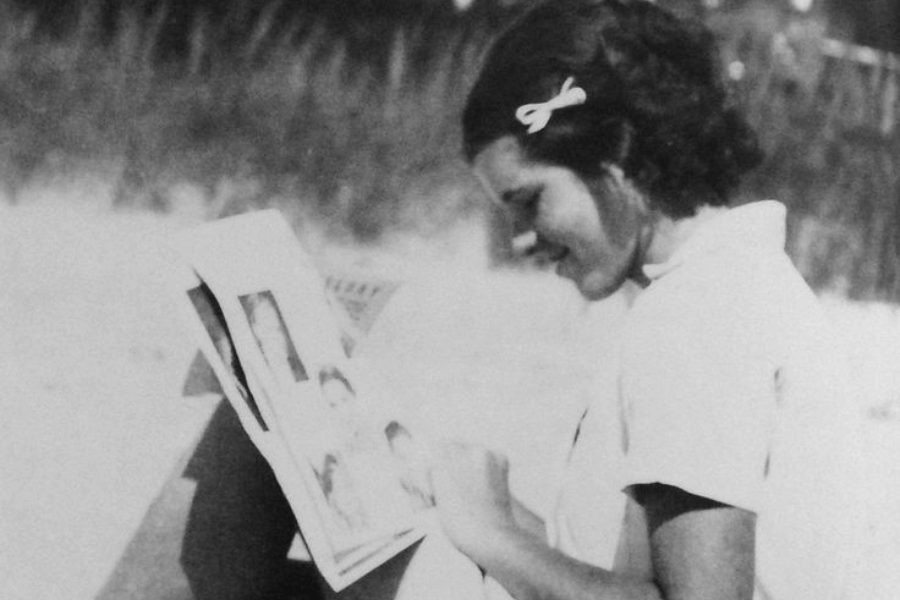
Rosemary really loved Hyannis Port as a child. It’s also where Rosemary often went sailing with her sister Eunice, who, by all accounts, was the sibling she was closest to.
It became her safe haven, where she went to many yacht club dances with her brother, Jack. It seems to us that the lovely Rosemary wanted to get the party started!
Rose Kennedy might’ve been an imperfect mother, but she always ensured that Rosemary was included in everything. Whenever they were heading out to play tennis, it was always like, “Take Rosemary with you!”
She Reunited With the Hyannis Port

When Rosemary moved to Saint Coletta after her lobotomy, she stopped going to Hyannis Port. But after Joe Kennedy passed away, she finally made her way back there!
Rose Kennedy decided to take her back to the place that brought her so much comfort. And that continued almost every summer until her dying day.
Going back for those visits felt like stepping into childhood again, with Rosemary staying at her sister Eunice’s place and stopping by the family’s favorite ice cream spot, Four Seas.
Rosemary Really Loved Her Birthday
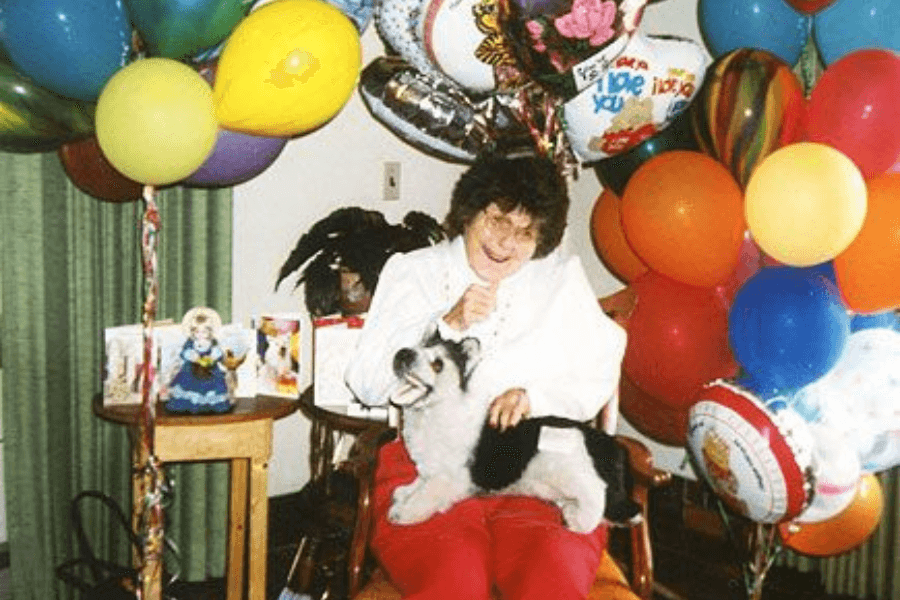
Rosemary’s love for her birthday made me reconsider celebrating mine as someone who doesn’t like celebrating birthdays. Life’s short; why not celebrate your survival every year?
Anthony Shriver, her nephew, shared that Rosemary absolutely loved her birthday. They’d celebrate it several times a week with cake, candles, and singing ‘Happy Birthday.’
You could see how happy it made her because she just lit up! Sometimes, the family would throw fake birthday parties for Rosemary because they knew how much she loved celebrating.
The Lessons of Empathy
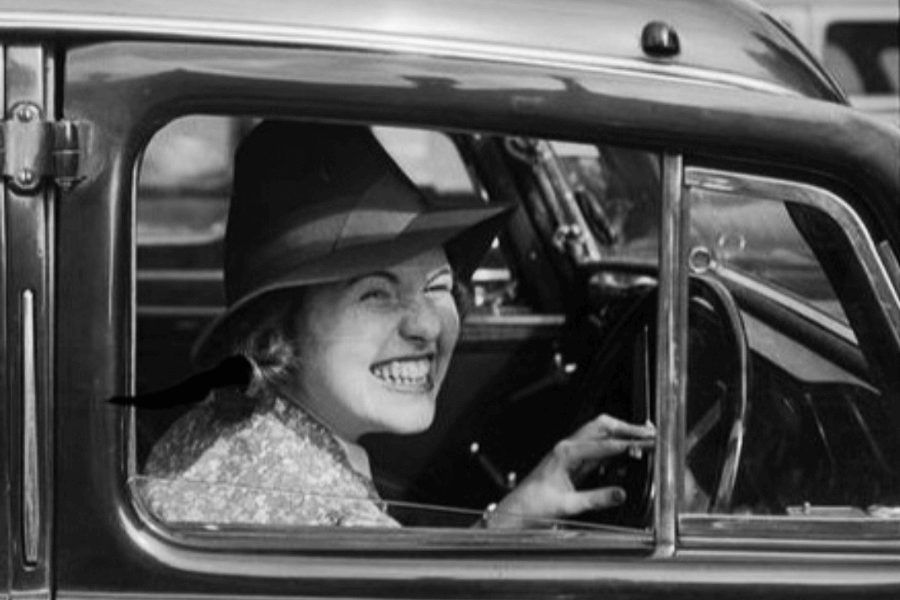
Rosemary’s story is a powerful reminder of how empathy and understanding can truly change lives. She challenges us to see past our differences and connect with the humanity we all share.
By thinking about her journey, we’re inspired to break down the barriers that often exclude or marginalize people with disabilities.
Her life shows us how important it is to create a world where everyone feels valued, supported, and truly seen.





